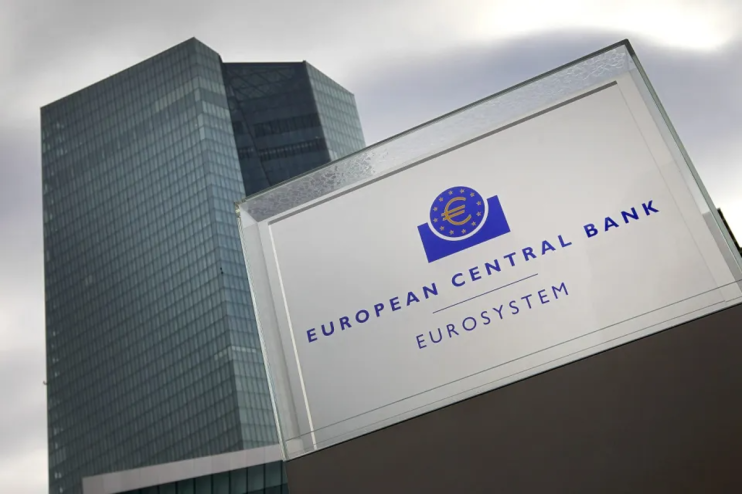Eurozone grows twice as fast as expected as Germany dodges recession

The eurozone grew twice as fast as economists expected in the third quarter, new figures show, as Germany managed to skirt a recession.
New ‘flash’ figures released by Eurostat showed that the bloc grew 0.4 per cent between July and September, accelerating from 0.2 per cent in the second quarter.
The figures showed that the French economy saw an Olympics boost in the period while Germany, the bloc’s largest economy, outperformed expectations with quarterly growth of 0.2 per cent.
Most economists had expected it to shrink 0.2 per cent, but the report revealed domestic demand had increased faster than anticipated.
However, revisions to earlier figures showed that the German economy shrunk 0.3 per cent in the previous quarter, rather than 0.1 per cent, meaning it was starting from a lower base.
Carsten Brzeski, global head of macro at ING, noted that the German economy was “barely larger than it was at the start of the pandemic”.
Spain remained the top-performing major economy in the eurozone, notching a 0.8 per cent quarterly expansion, while growth in Italy was stagnant.
What’s behind the eurozone’s growth?
Riccardo Marcelli Fabiani, senior economist at Oxford Economics, said the recovery across the eurozone was “driven by consumption” although investment remained subdued due to “tight monetary policy”.
The European Central Bank (ECB) has flagged concern about the eurozone’s sluggish performance so this year.
At its last meeting in October, it pointed to the “recent downside surprises in indicators of economic activity” as a justification for back-to-back rate cuts.
With inflation hovering around the two per cent target and activity subdued, markets had piled on bets that the ECB would back a 50 basis point cut in December. But the surprisingly strong growth makes a chunky cut less likely, analysts said.
Melanie Debono, senior Europe economist at Pantheon Macroeconomics, said there was “little in the GDP data to support an accelerated ECB easing cycle”.
Similarly, Kyle Chapman, FX markets analyst at Ballinger Group, said the data would go “a long way in alleviating the ECB’s fears about faltering activity”.
Looking forward, there are mixed signals about the eurozone’s likely performance in the final quarter.
Although October’s purchasing managers’ index (PMI) showed some signs of improvement, a separate business survey, published this morning alongside the GDP figures, worsened.
The economic sentiment indicator (ESI) dipped by 0.7 points in the EU to 96.0, its lowest level since February.